Table of Contents
Introduction to Red Peppers
Red peppers are a versatile and essential ingredient in cuisines worldwide, but identifying the right type for your culinary needs can be challenging. This guide provides comprehensive information on red pepper identification, including heat levels, visual characteristics, and practical buying tips. Whether you're a home cook or professional chef, understanding red pepper varieties will help you select the perfect pepper for any recipe.
Common Types of Red Peppers
There are many varieties of red peppers, each with its own unique flavor profile and heat level. Here's a detailed breakdown of the most common types:
| Pepper Type | Heat Level (Scoville) | Flavor Profile | Best Uses |
|---|---|---|---|
| California Wonder (Bell Pepper) | 0–500 SHU | Mild, sweet, crisp | Sautéing, roasting, salads, stuffing |
| Jalapeño | 2,500–8,000 SHU | Earthy, slightly spicy, fresh | Guacamole, salsas, pickling, tacos |
| Chipotle | 1,000–8,000 SHU | Smoky, rich, slightly sweet | Stews, sauces, grilled meats, chili |
| Cayenne | 30,000–50,000 SHU | Hot, sharp, pungent | Powdered seasoning, hot sauces, spice blends |
| Habanero | 100,000–350,000 SHU | Spicy, fruity, citrusy | Hot sauces, marinades, Caribbean dishes |
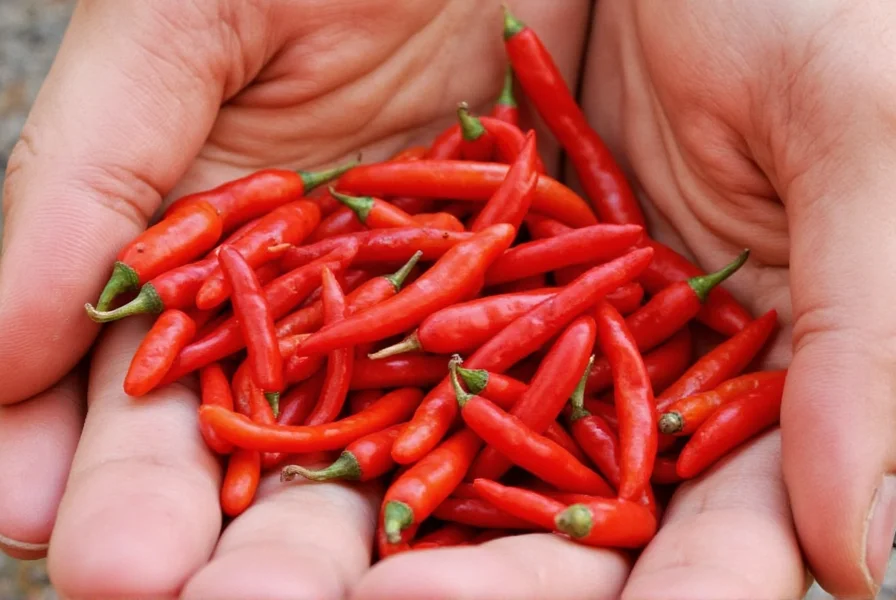
How to Identify Red Peppers
Identifying red peppers correctly is crucial for achieving the desired flavor and heat in your dishes. Here are the key characteristics to look for:
- Color: Red peppers range from bright crimson to deep burgundy. The color intensity often indicates ripeness and sweetness.
- Shape: Bell peppers are typically blocky and square, jalapeños are long and tapered, habaneros are small and lantern-shaped, while cayenne peppers are thin and curved.
- Texture: Fresh red peppers should have smooth, glossy skin without wrinkles or blemishes. Avoid peppers that feel soft or shriveled.
- Heat Level: Heat primarily comes from capsaicin in the white pith (membrane) surrounding the seeds, not the seeds themselves. More seeds often indicate more pith and higher heat.
- Aroma: Sweet bell peppers have a mild, fresh scent, while hot peppers like habaneros emit a strong, fruity aroma.
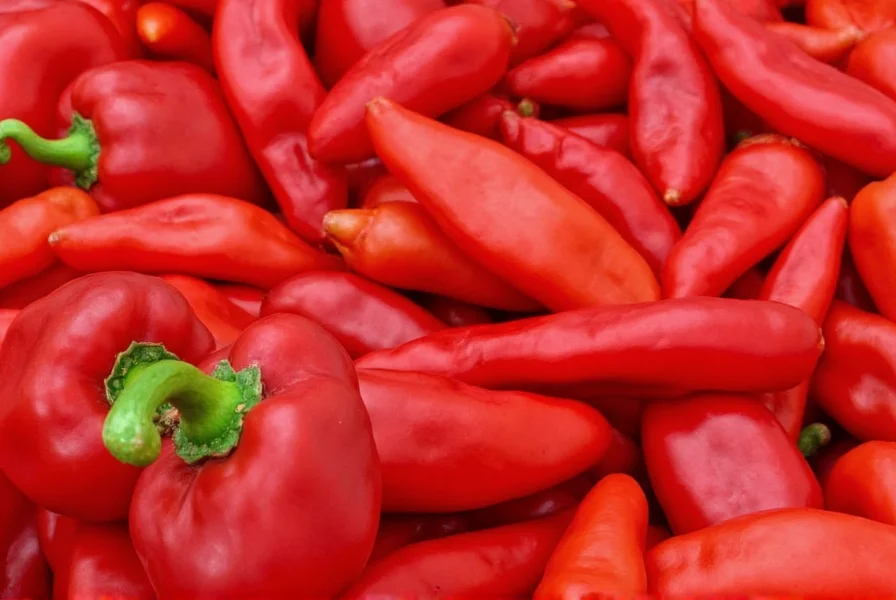
Buying Guide for Red Peppers
Selecting the right red pepper depends on your cooking needs. Here's a detailed guide for each common variety:
1. California Wonder (Bell Pepper)
Features: Mild, sweet, and versatile with no heat.
Advantages: Perfect for adding color and crunch without spice; great for all skill levels.
Use Cases: Ideal for roasting, grilling, salads, and stuffing. Excellent for children's meals and family-friendly dishes.
Buying Tips: Look for firm, heavy peppers with smooth, glossy skin. Avoid those with soft spots or wrinkles.
2. Jalapeño
Features: Medium heat, crisp texture, and earthy flavor.
Advantages: Adds a pleasant kick without overwhelming heat; versatile for many dishes.
Use Cases: Perfect for salsas, guacamole, tacos, and pickling. Great for beginner spice enthusiasts.
Buying Tips: Choose firm peppers with shiny skin. Green jalapeños are milder; red ones are sweeter and slightly hotter.
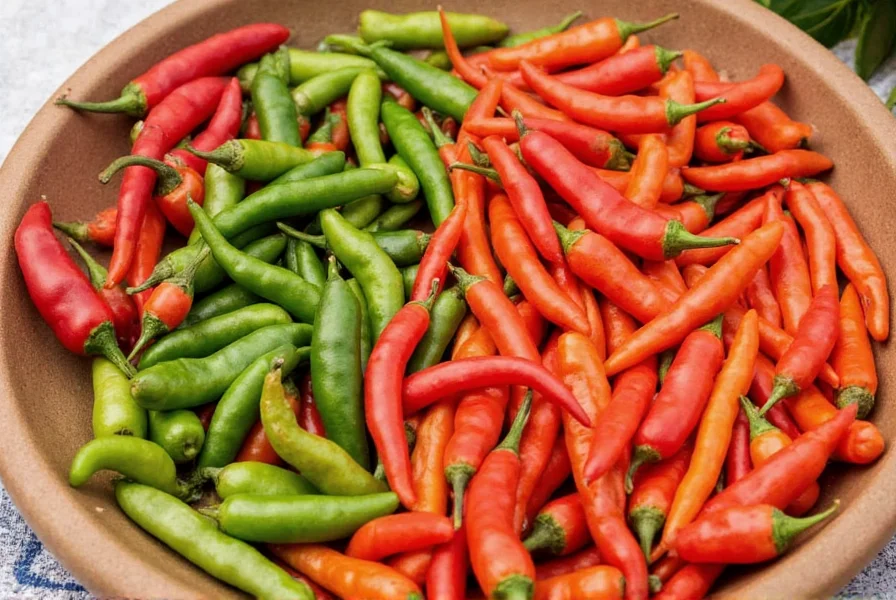
3. Chipotle
Features: Smoky, rich, and slightly sweet flavor with moderate heat.
Advantages: Adds depth and complexity to dishes; excellent for slow-cooked recipes.
Use Cases: Ideal for chili, stews, barbecue sauces, and grilled meats.
Buying Tips: Chipotle peppers are usually sold dried or in adobo sauce. Look for plump, evenly colored dried peppers or well-preserved adobo peppers.
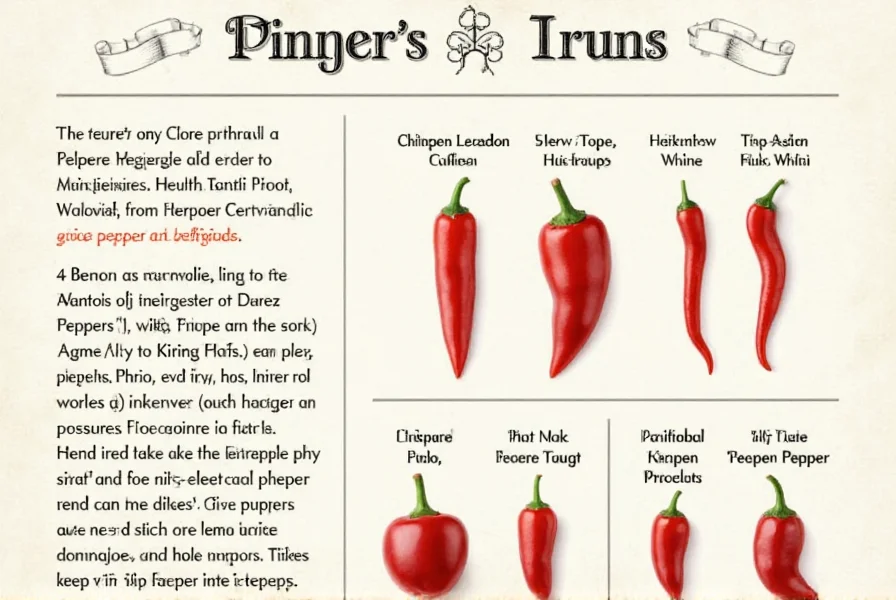
4. Cayenne
Features: Hot, sharp, and pungent with high heat levels.
Advantages: Provides intense heat with minimal volume; excellent for seasoning.
Use Cases: Best for hot sauces, spice blends, and dishes requiring significant heat.
Buying Tips: Look for bright red, smooth-skinned peppers that are firm and free of blemishes. Cayenne powder should be vibrant red and free of clumps.
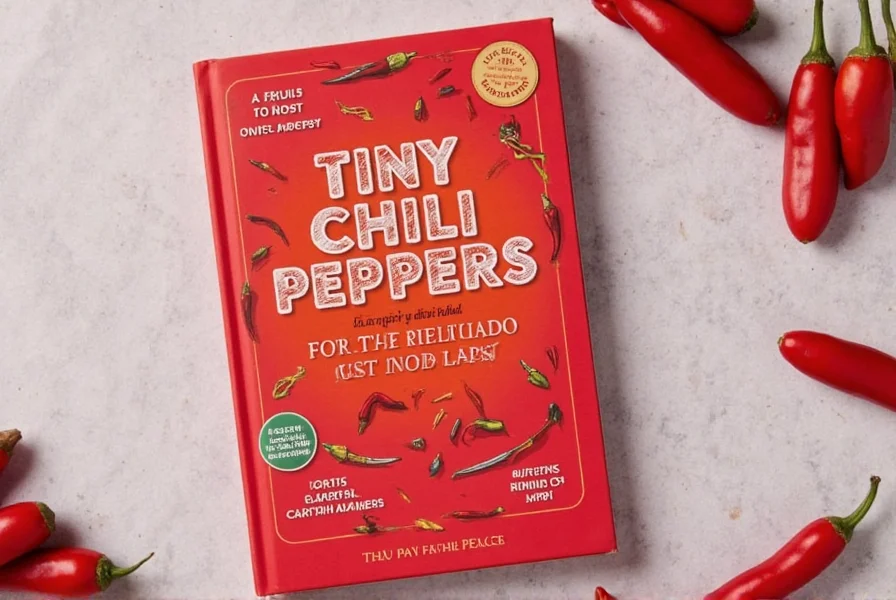
5. Habanero
Features: Extremely hot with fruity, citrusy notes.
Advantages: Adds intense heat and complex flavor; popular in Caribbean and Mexican cuisine.
Use Cases: Best for hot sauces, marinades, and specialty dishes where extreme heat is desired.
Buying Tips: Choose firm, glossy peppers with smooth skin. Avoid peppers with soft spots or wrinkles. Handle with care using gloves.
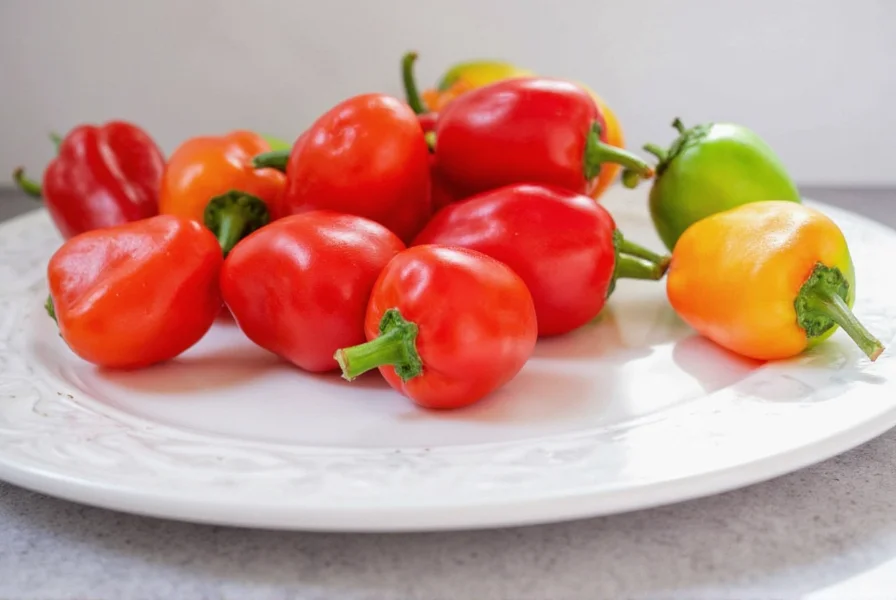
Practical Tips for Red Pepper Identification
Here are expert tips to help you confidently identify and select red peppers:
- Check the shape and size: Bell peppers are typically large and blocky, while cayenne peppers are long and thin. Habaneros are small and lantern-shaped.
- Inspect the skin: Fresh peppers should have smooth, glossy skin without wrinkles or blemishes. Wrinkled skin indicates age or poor storage.
- Feel the weight: A heavier pepper for its size usually means it's fresh and full of moisture.
- Sniff the aroma: Sweet bell peppers have a mild, fresh scent, while hot peppers emit a strong, pungent aroma that can indicate heat level.
- Examine the seeds: While heat primarily comes from the white pith, more seeds often correlate with higher heat levels in hot pepper varieties.
- Understand the ripening process: Many peppers change color as they ripen. Green jalapeños become red and slightly sweeter when fully ripe.
Frequently Asked Questions About Red Pepper Identification
How can I tell if a red pepper is fresh?
A fresh red pepper should have smooth, glossy skin without wrinkles or blemishes. It should feel firm and heavy for its size, indicating it's full of moisture. Avoid peppers that are soft, shriveled, or have dark spots.
What's the difference between red bell peppers and other red chili peppers?
Red bell peppers (like California Wonder) are sweet with no heat (0-500 SHU), while red chili peppers like jalapeños, cayenne, and habaneros contain capsaicin that creates heat. Bell peppers are larger, blockier, and have thick walls, while chili peppers are typically smaller, thinner, and often more tapered.
Does the number of seeds determine a pepper's heat level?
While many people believe more seeds mean a hotter pepper, the heat primarily comes from the white pith (the membrane surrounding the seeds), not the seeds themselves. However, peppers with more seeds often have more pith as well, which can correlate with higher heat levels.
How do I safely handle very hot peppers like habaneros?
When handling hot peppers, wear gloves to prevent capsaicin from irritating your skin. Avoid touching your face, especially eyes. After handling, wash your hands thoroughly with soap and water. If you get capsaicin on your skin, use milk or oil to help neutralize it before washing with soap.
Can I substitute one type of red pepper for another in recipes?
Yes, but be mindful of heat levels and flavor profiles. For example, you could substitute cayenne for crushed red pepper flakes, but you'd need to use less cayenne as it's hotter. Bell peppers can substitute for mild chili peppers when you want color and texture without heat. Always adjust quantities based on the Scoville heat units of the peppers involved.
Why do some red peppers taste sweet while others are extremely hot?
The sweetness or heat depends on the pepper variety and its capsaicin content. Sweet peppers like bell peppers contain zero capsaicin, while hot peppers contain varying amounts. The ripening process also affects flavor - many hot peppers become sweeter as they ripen to red from green.
Conclusion
Mastering red pepper identification is essential for any cook who wants to elevate their dishes. By understanding the key characteristics of each variety—including heat levels, flavor profiles, and visual cues—you can confidently select the perfect pepper for any recipe. Whether you're making a mild salsa or a fiery hot sauce, this knowledge will help you achieve the perfect balance of flavor and heat every time.

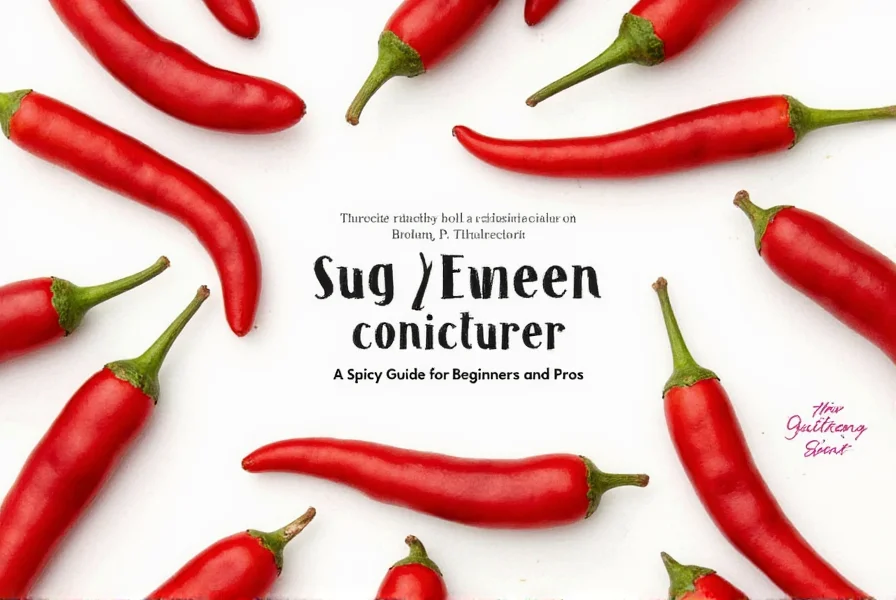









 浙公网安备
33010002000092号
浙公网安备
33010002000092号 浙B2-20120091-4
浙B2-20120091-4